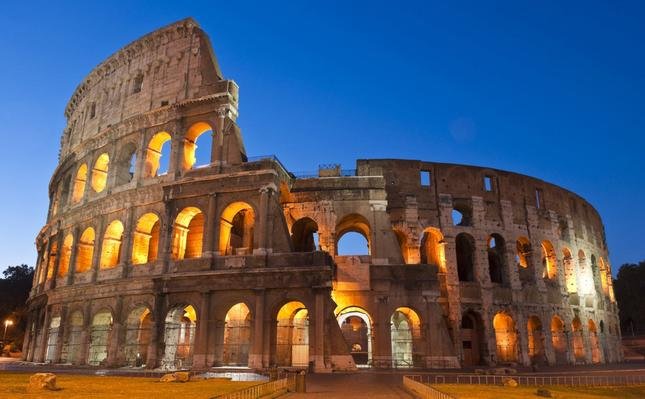Until the twentieth century no building exceeded in capacity the Flavian amphitheater, the Colosseum, intended to host the bloody amusements with which the emperors courted the people of Rome

Gladiator games, naval battles, animal fights ... The Flavian amphitheater, better known as the Colosseum - perhaps because of the colossal statue of Nero that stood nearby - was part of the public entertainment of ancient Rome. The famous Latin expression panem et circenses (bread and circus) summed up everything that the city's rulers required to manage the populace and keep it entertained. Up to 50,000 spectators could participate in the bloody amusements with which the emperors courted the people. There are many myths about the fight of the gladiators. For example the gesture of the thumb down that determined the death of a vanquished or the formula with which the prisoners condemned to fight greeted the emperor Claudius: "Ave César! Those who are going to die greet you ». But beyond these details, everything else seems to have been true, dramatically true: the spectacle of the spilled blood exalted the spirits of the spectators, who were trapped by the addiction to the amphitheater.
The construction of the Colosseum began under the Emperor Vespasian, around AD 71, in a space that had been released after the fire of a previous amphitheater raised nearly a hundred years ago. The inauguration -whose festivities lasted a hundred days- took place in the year 80 and already under the reign of his son Tito. Finally, Emperor Domitian completed the works in 82, adding a last floor. Of internal radial structure, it was organized in five levels in which the crowd was grouped, with areas delimited according to the social class: the closer to the sand they were the greater the rank to which they belonged.
After the famous executions of Christians, since the 6th century the gladiatorial games fell into disuse. Then the building would suffer four earthquakes, and by the Middle Ages it became the quarry of Rome. Despite losing almost completely the southern part for centuries of pillaging, even today dominates the landscape of Rome majestically. In the distance of the dark eighth century, the historian Bede the Venerable predicted: "As long as the Colosseum is still standing, Rome will remain standing. When the Colosseum falls, Rome will fall. When Rome falls, the world will fall ».